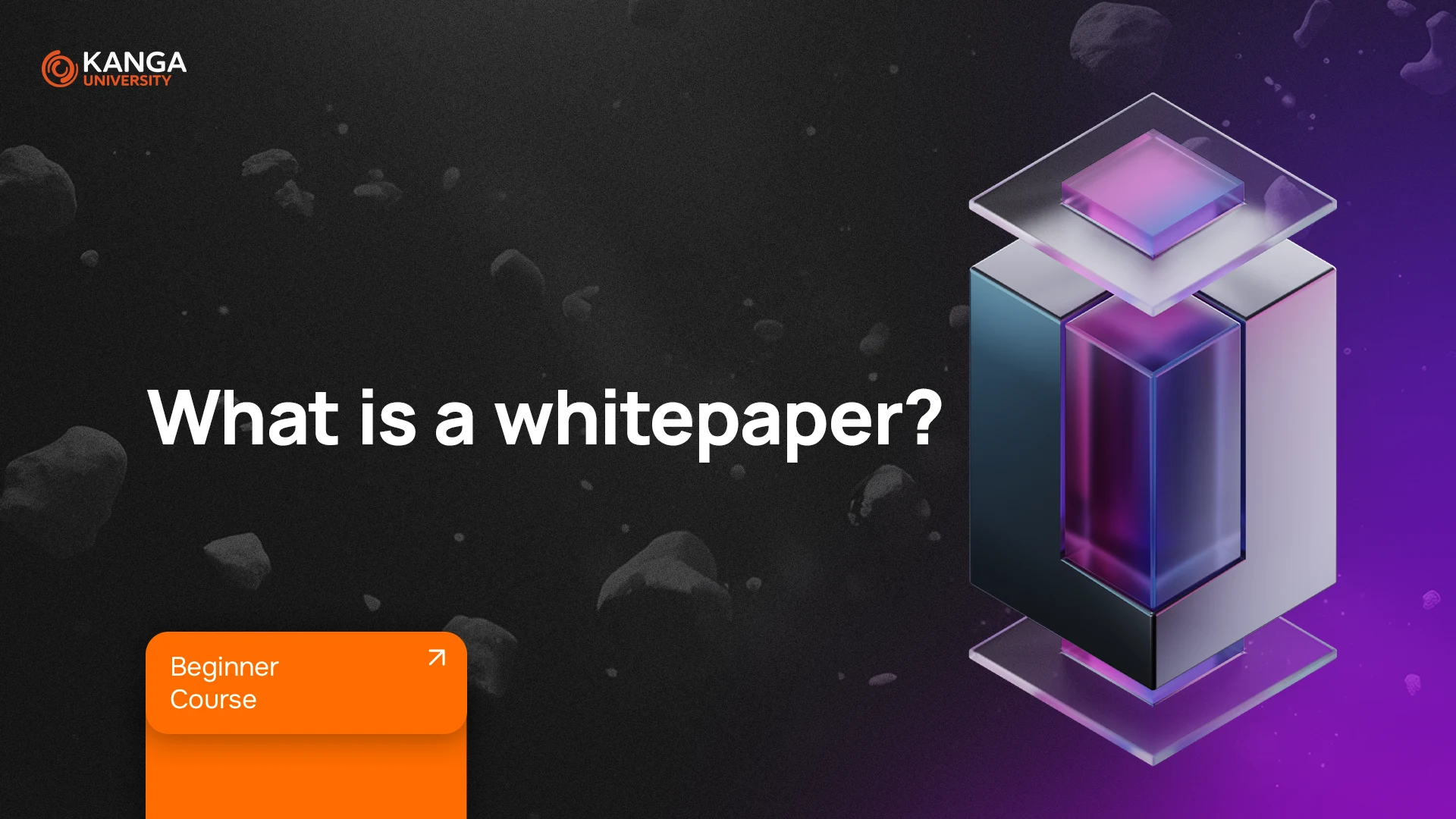
A whitepaper is a document published by a company or non-profit organization. Its main goal is to promote or emphasize proposed solutions for a specific product or service – not only in the context of cryptocurrencies but also in other fields such as technology and politics.
What Is the Purpose of a Whitepaper?
Whitepapers are primarily sales and marketing documents designed to:
- encourage potential customers to explore a particular product, service, technology, or methodology,
- persuade investors and audiences by highlighting the benefits and advantages of the offered solutions.
The information contained in whitepapers is often supported by research, statistics, and data from reliable sources. These documents are enriched with charts, numerical data, tables, and other forms of visualization that make it easier to understand the presented content. Additionally, whitepapers serve as a tool for conveying the philosophy and values of an organization, showcasing its purpose and vision in the context of the subject.
What Is a White Paper in the Cryptocurrency Industry?
In the world of digital assets, a whitepaper serves as a guide intended to attract investors to a new project or cryptocurrency. When a new project is launched, the company behind it publishes detailed information in the form of a whitepaper. This document explains the business, technical, and financial aspects of the project.
A whitepaper presents:
- key facts about the project,
- numerous statistics, charts, and visualizations that place the project in the context of the industry,
- information written in clear, accessible language, making the document understandable even for less experienced investors.
What Should a Professional White Paper Include?
Every whitepaper, especially in cryptocurrency projects, should address several key questions:
-
What is the project about?
An explanation of the project concept and its goals that introduces the reader to the initiative being developed. -
How does the project or cryptocurrency work?
A detailed description of the operational mechanisms, processes, and technologies used in the project. -
Why should investors be interested?
A validation section explaining why investing in the project is worthwhile and what benefits can be expected. -
What technology has been used?
A clear explanation of the technologies and tools that enabled the creation of the project. -
What is the project’s tokenomics?
Information regarding the supply, demand, and management of tokens, often supported by visualizations. -
Who are the people behind the project?
A description of the team, founders, advisors, and key figures, helping investors assess the competence and experience of those working on the project. -
What are the project’s future plans?
A roadmap outlining the development plan of the project in the form of stages – whether monthly, quarterly, or yearly.
Why Are Whitepapers So Important?
Whitepapers build investor trust and present the project in a clear and detailed manner. Every aspect of the project is thoroughly discussed, eliminating any hidden intentions and allowing the community to make informed investment decisions. Such a document:
- serves as a fundamental source of information,
- adds credibility and professionalism to the project,
- enables potential investors to familiarize themselves with the concept and functionality of the project.
Examples of Whitepapers
- Bitcoin: In 2008, Satoshi Nakamoto published the whitepaper titled Bitcoin: A Peer-to-Peer Electronic Cash System.
- Ethereum: In 2014, Vitalik Buterin, then only twenty years old, presented the document Ethereum: A Next Generation Smart Contract and Decentralized Application Platform.
- Polkadot: Gavin Wood described the key features of the project in the whitepaper Polkadot. Vision for a Heterogeneous Multi-Chain Framework, published in 2020.
Summary
A whitepaper is a crucial document that presents essential information about a project or cryptocurrency. It enables investors to understand the project’s goals, operations, technology, and development plans. A professionally prepared whitepaper builds trust, demonstrates the project’s reliability, and attracts the attention of potential investors. These documents are written in clear and understandable language, making them an invaluable tool in building relationships with the market.